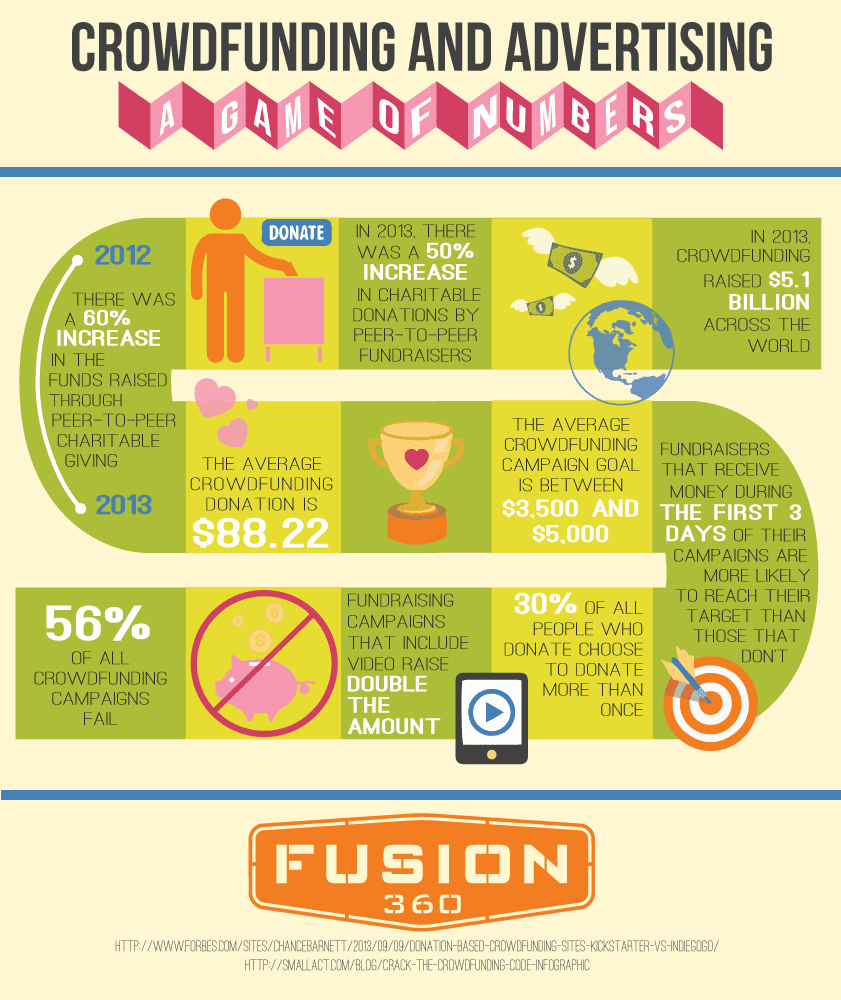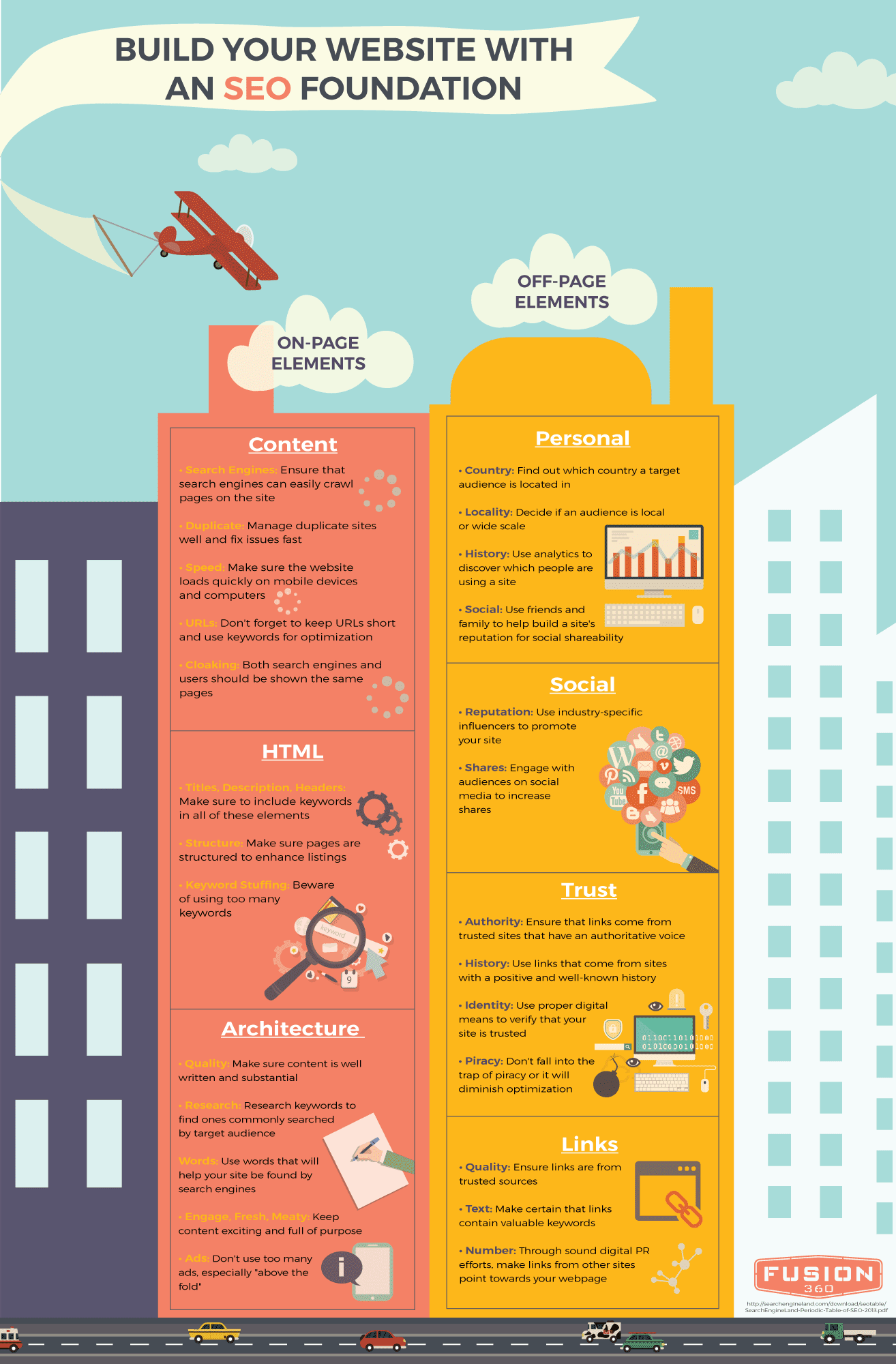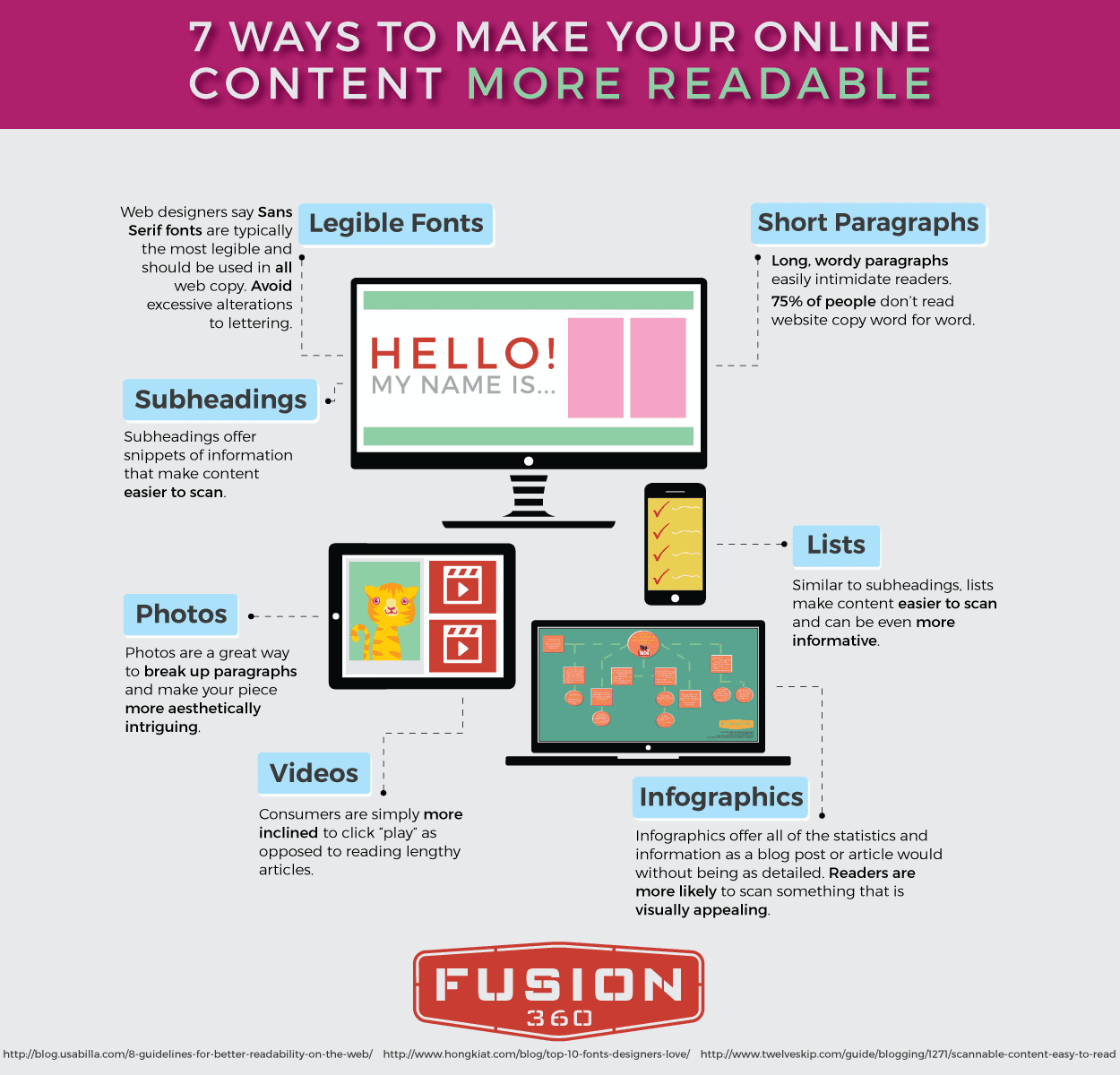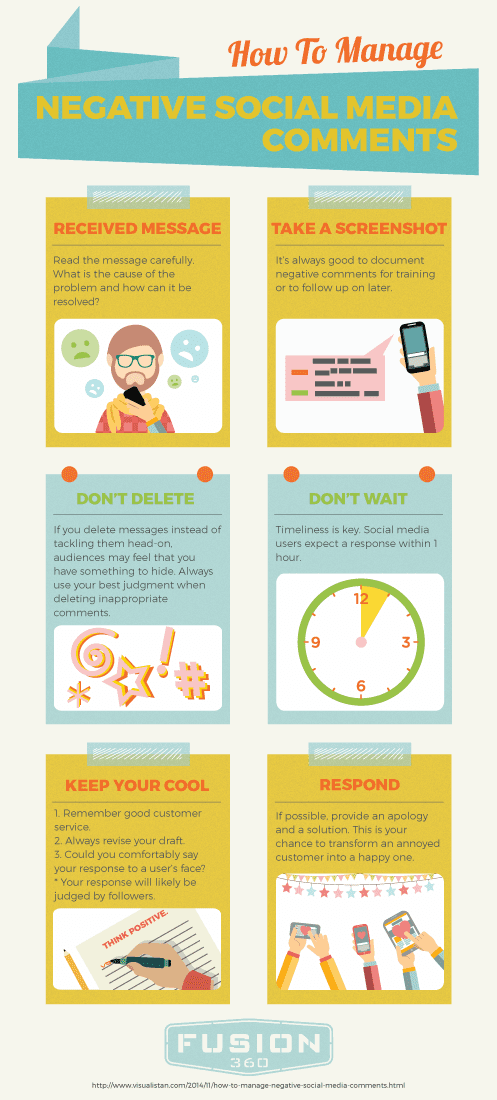Asking people for money is not just uncomfortable—it doesn’t always go well either. People usually don’t donate just for the sake of giving away money; they need a purpose. Although many crowdfunding campaigns have a good purpose, it is not always clear to the public.
Using advertising can help spread the purpose behind crowdfunding campaigns out to the general public. This way they won’t just see a company asking for money, they will see an opportunity to contribute to a great cause.
There are specific advertising techniques that showcase crowdfunding at its best. It’s finding those techniques that can often be a struggle for an agency. Below are some tips for specific types of advertising to use in your next crowdfunding campaign.
Start With Social Media Advertising
This is a free and easy way to kick start your campaign. However, make sure to not use every social media channel out there. Hone in on a select few based on the audience at hand and dominate those outlets.
Social media also provides a chance for an agency to not only advertise, but interact with the public. People are much more likely to support a cause when they feel part of it. Asking questions, requesting opinions and seeking out stories can turn originally uninterested people into loyal donators.
Make sure to customize the promotion so that it reflects a common purpose across each social media outlet. This is a personalized way to bring the purpose of a campaign to an audience’s attention.
Target a Specific Public
While it may seem more logical to advertise a campaign to the entire world since that would provide more donating hands, it is not the best way to get donations. Choosing one or a few specific key publics to reach out to is a much more successful technique for any agency.
When choosing the publics, make sure that they are either already a supporter of your brand or have a reason to be interested in the campaign’s purpose. Who would be most likely to donate? Who would care about the cause at hand?
Think about these things and choose a few publics to target. You may be surprised that this type of advertising receives more response than general advertising.
Create a Personal Connection
Once you have found the best audience for your advertising, try and build a personal connection with them. This means using those social media channels for frequent communication. It also means giving the company a face. Introduce team members who truly believe in the crowdfunding cause.
Integrate both personality and humor into a campaign for increased success. Using the team as part of a campaign or funny advertising stunt will pull in more interested donators. People feel connected to people. That is a large motivator for donations.
Wait a While to Ask For Money
With that connection in mind, don’t ask for money right away. This will make people second guess your intentions and feel pressured. Simply create a connection with important publics and let them know about the crowdfunding cause.
From there, donations will naturally occur as people begin to feel a sense of duty to an agency and want to be a part of their efforts. Make sure the public can see how the money from the campaign will be used upfront. This way they know that although they may not get their money back, it is being used for something they support.
Use Video In Advertising
Another technique that will ensure those donations keep coming is to use video. This goes back to the connection principle because people are more stimulated by video rather than text. Use this to your advantage by creating a connection with a video that plainly portrays the purpose behind the campaign.
This not only builds trust between the public and an agency, but it is an advertising technique that is known for catching the eye of the public and keeping it there.
Start Big
Any agency that receives money during the first three days of a campaign is more likely to reach their target goal than those that don’t. This means that a big start is a big part of any crowdfunding campaign. Don’t shyly put the word out there and hope that maybe someone cares. Plan out advertising techniques ahead of time and launch them loudly with the start of a new campaign.
Using all of these advertising techniques can be the thing that makes crowdfunding go from an impossible attempt to an easy way to raise money for an agency. Remember to keep a connection with a select audience and build trust from there. Donations will follow.








